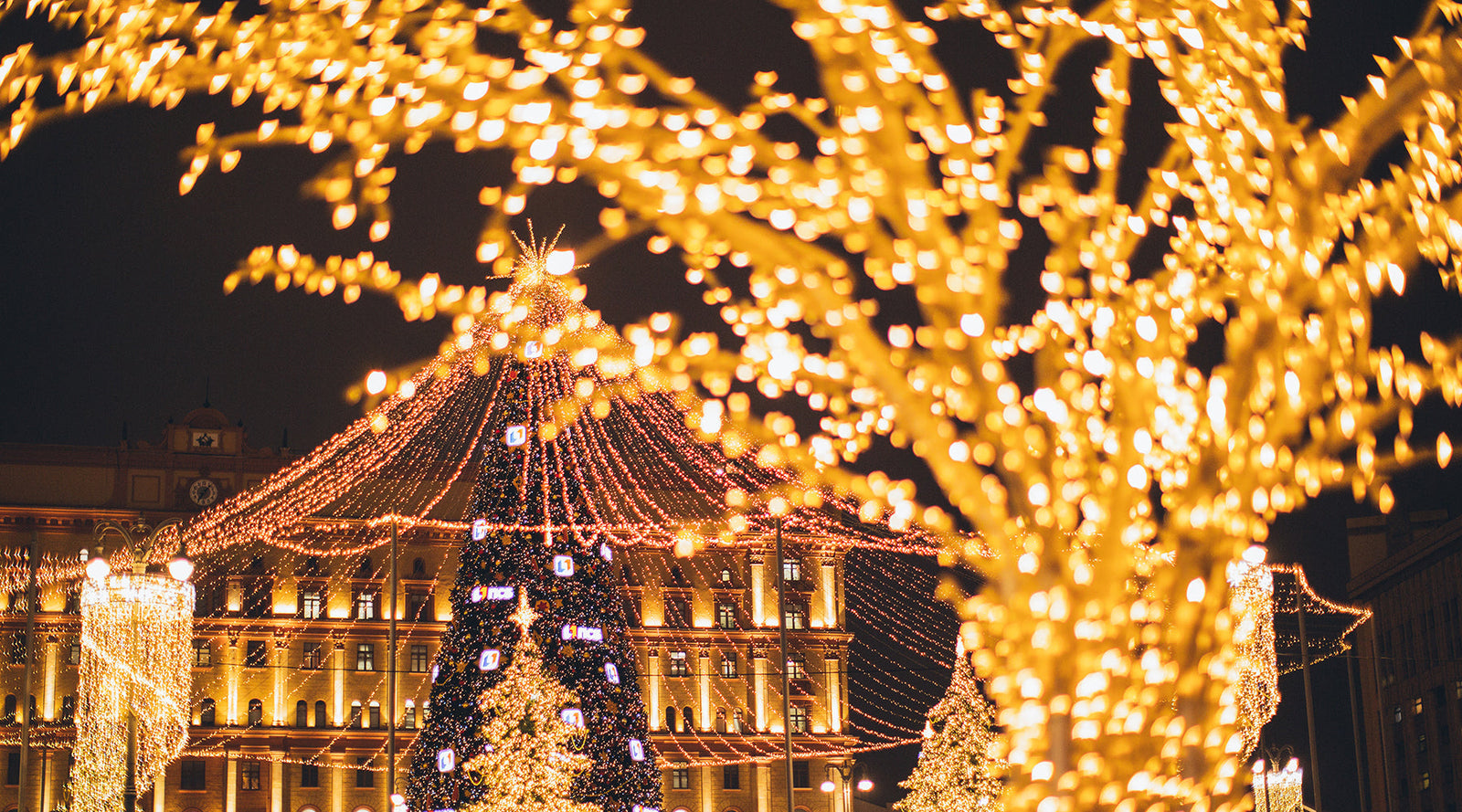Having difficulty estimating the amount of lights that should go on your trees? It’s no easy task, but we are going to show you a really simple way to calculate how many feet of lights you will need to wrap your tree, no matter the size or shape.
Calculate What Length of String Lights Your Tree Needs With This Simple Formula
The Christmas light business can be tricky because it's a seasonal service where everyone wants your help at the same time. And when the season really heats up, sales can be made quickly and easily by having stock ready and available for a quick turn-around. That being said, too much stock on the shelf isn't good either. Inventory leftover at the end of the season is cash... but cash you can't use until next season! Below are some suggestions on what to order a lot of and what to hold off on until you know for sure the sale is made. And whether you're a Professional Installer or a homeowner, we're sure this calculation will help you make the best estimate for how many lights to use in your trees.
Step 1 - Determine the look you want

Let’s start by deciding the look you want for your tree’s light display: smaller spacing will create a dense display of lights, while wider spacing will subtly outline the tree's features.
Determining the spacing between each string, whether that’s close together or far apart, all depends on your budget and the aesthetic you are hoping to achieve. As a rule of thumb, spacing should range from 3 inch to 8 inches. You don’t want to space too wide so that you lose the effect you are going for, but you also don't want your spacing so small that you are wasting lights on space that is already being filled!
Pro Tip!: For trunk and branch wraps, you want to use lights that have a smaller distance between each bulb, generally 4 to 6 inches. This creates better light distribution.
Step 2: Choose which branches to wrap

Once you have determined your Spacing (S), you’ll need to decide in advance what branches you will wrap to replicate the look of the tree at night time. Use your discretion based on your client’s budget and which branches best accentuate the tree's natural features.
Step 3: Take your Trunk Height and Circumference measurements

To get the height of the Trunk (T), measure the height from the base of the tree to where it starts to branch out. Then, measure the Circumference of the trunk (C).
Uh oh! No tape measure on site? No problem! Just measure the circumference with your lights! Count the amount of lights it takes to go around the base of the trunk, and multiply that by the distance between each bulb.
Step 4: Use a formula to calculate how many feet of lights you’ll need

Plug your measurements into this simple equation: Height of the trunk divided by the Space between your light string, multiplied by the trunk Circumference, or:
(T / S) x C
That will give you a pretty good estimate of how many feet of lights you will need for your tree!
Once you do this a couple times, you will realize your eye will be trained up enough to start estimating without having to go through all the calculations, but you should always have a couple of strands of lights on hand, just in case. Happy wrapping!
Bonus! Calculate Lighting for Your Canopy Wrap
For Canopy wraps the equation is a little different, but the concept is pretty similar. Start by taking a rough measurement of the diameter of the widest part of the tree's canopy. Then, estimate the diameter of the narrowest part of the canopy, add these together and divide by 2 to find the average diameter of the tree.
Next, multiply your diameter by π (3.14) to find your average circumference. With your spacing in mind, count how many times you would like to go around the tree.
Multiply that by your total and you can get a pretty rough estimate. Be sure to take sag into account as your lights will not be perfectly straight, this can be anywhere from 25% to 40%. And finally, always be sure to bring extra lights with you, just in case!


1 comment
Very helpful article., Thank you